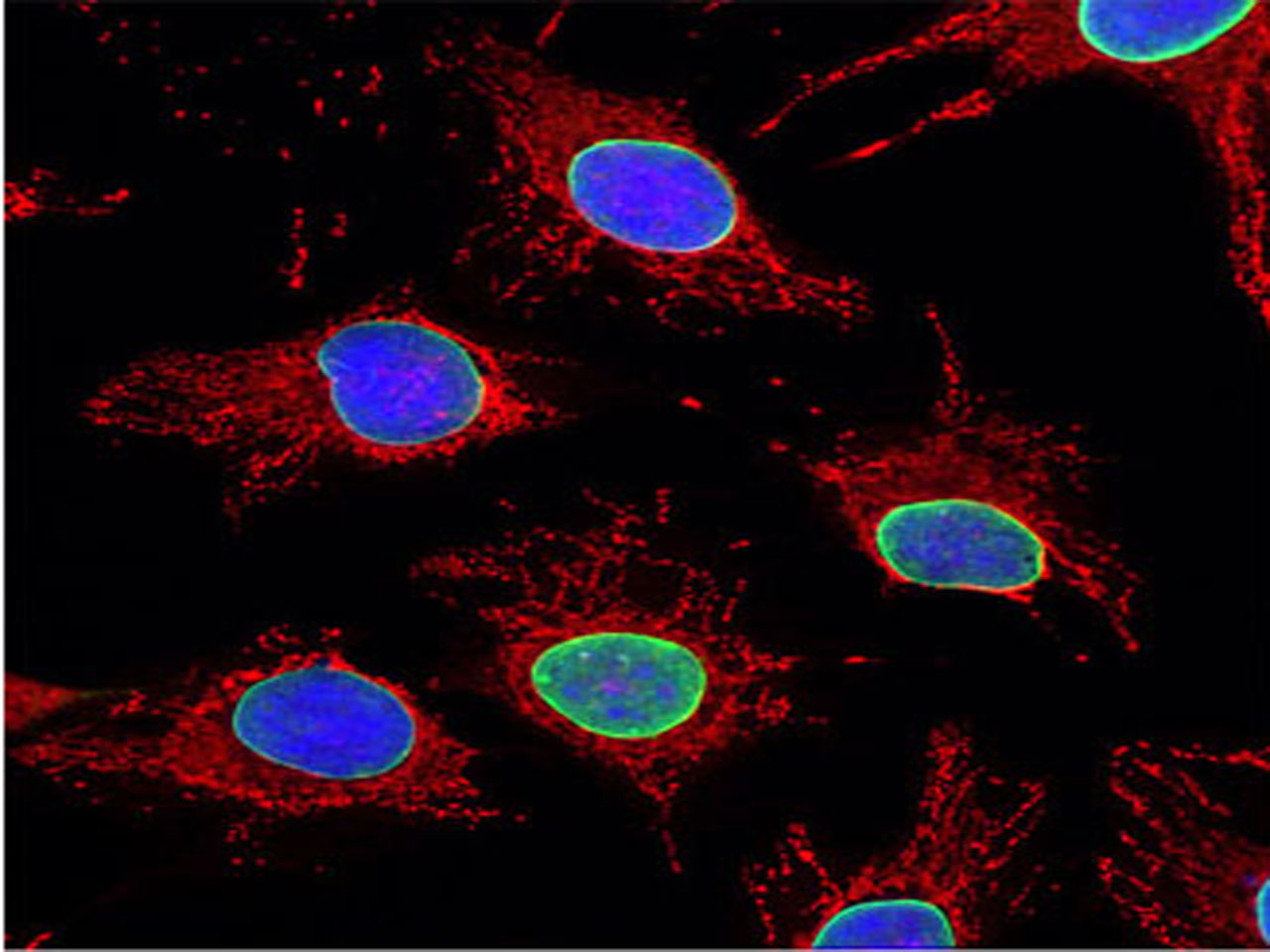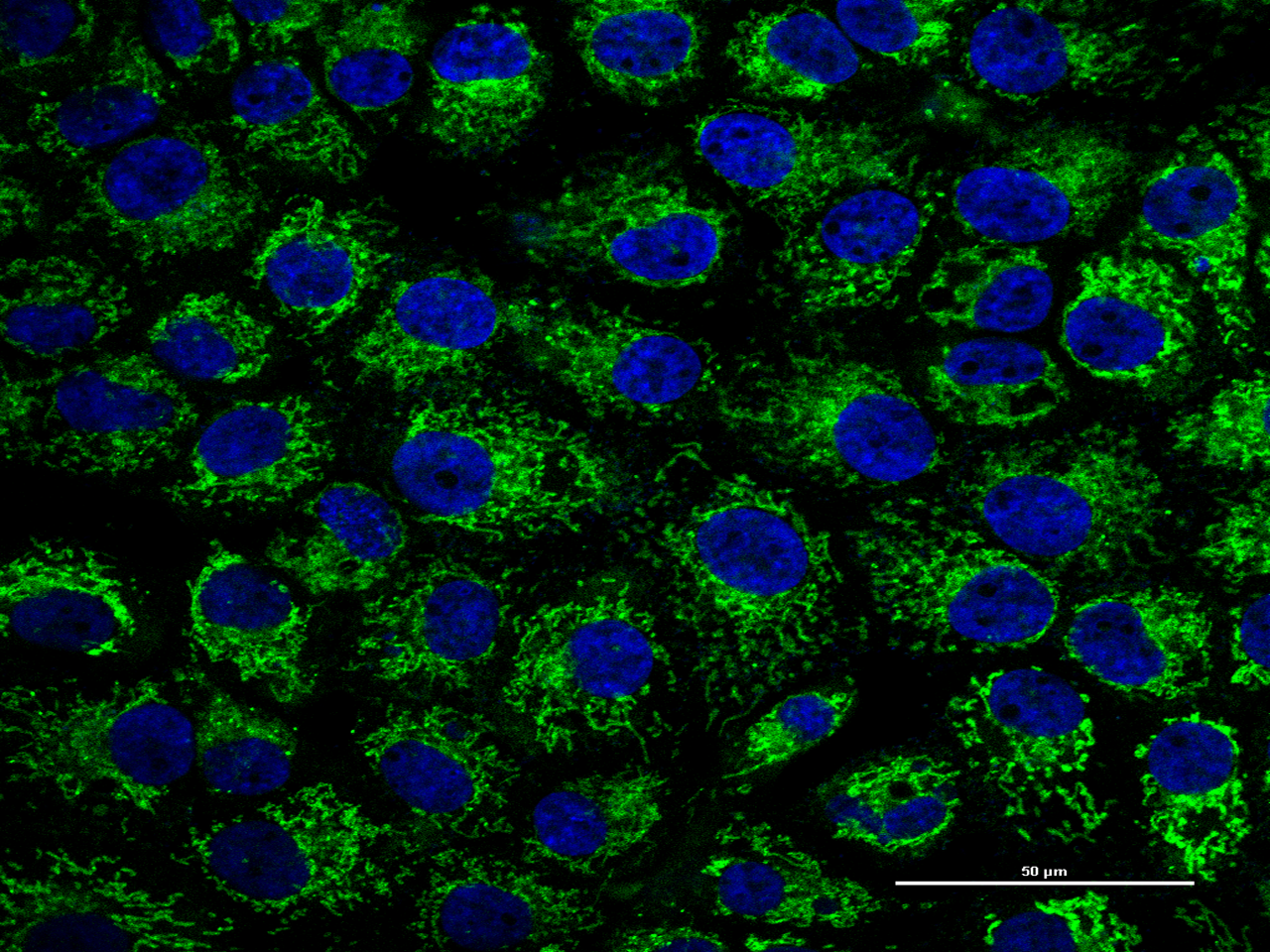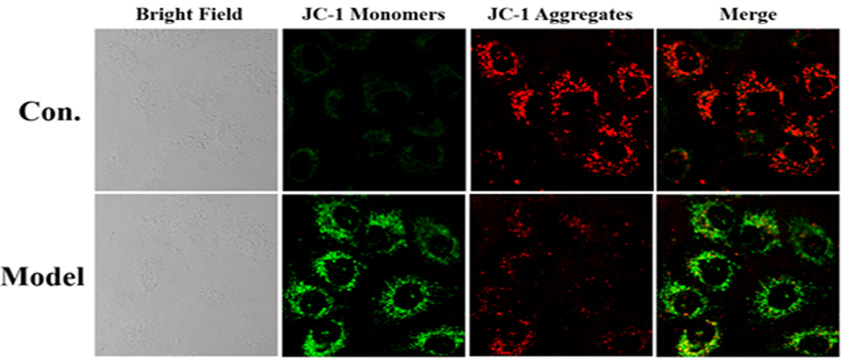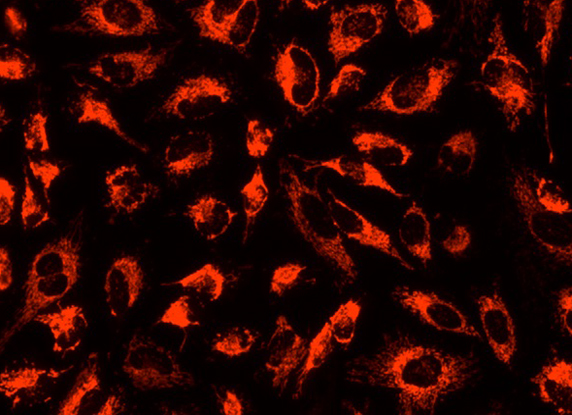Basic Information
Product name | Dihydroethidium (Hydroethidine;DHE) |
Size | 1 mL |
Storage | -20℃, protected from light |
Shipping | Shipped with ice pack |
Validity | 12 months |
Unoxidized state excitation/emission wavelength: 355/420 nm
Excitation/emission wavelength after oxidation: 518/610 nm
Molecular Structure
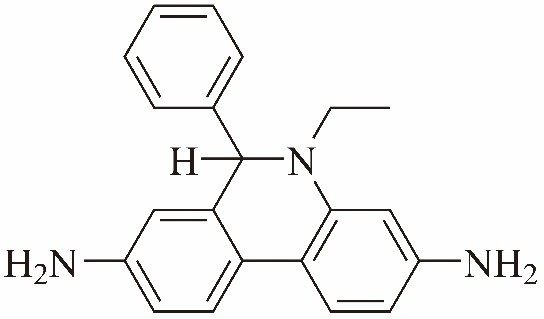
Product Introduction
DHE (Dihydroethidium) can freely penetrate the living cell membrane into the cell and be oxidized by ROS in the cell to form ethidium oxide; ethidium oxide can be incorporated into chromosomal DNA to produce red fluorescence. The amount and changes of cellular ROS content can be determined based on the generation of red fluorescence in living cells. DHE is mainly oxidized by superoxide anion ROS in cells and can be directly observed using a flow cytometer or fluorescence microscope. It is a quick and easy classic method for detecting ROS in tissues or cultured living cells.
Precautions
1. DHE is easily oxidized in light and air, so keep it away from light.
2. To avoid repeated freezing and thawing, this product can be divided into small quantities.
3. This reagent can be used for testing living cells cultured in vitro, cultured or perfused tissues, and frozen tissue sections.
4. For different cells and tissues, appropriate incubation time and concentration should be selected to observe the changes in ROS.
Note: This reagent is for scientific research use only!

